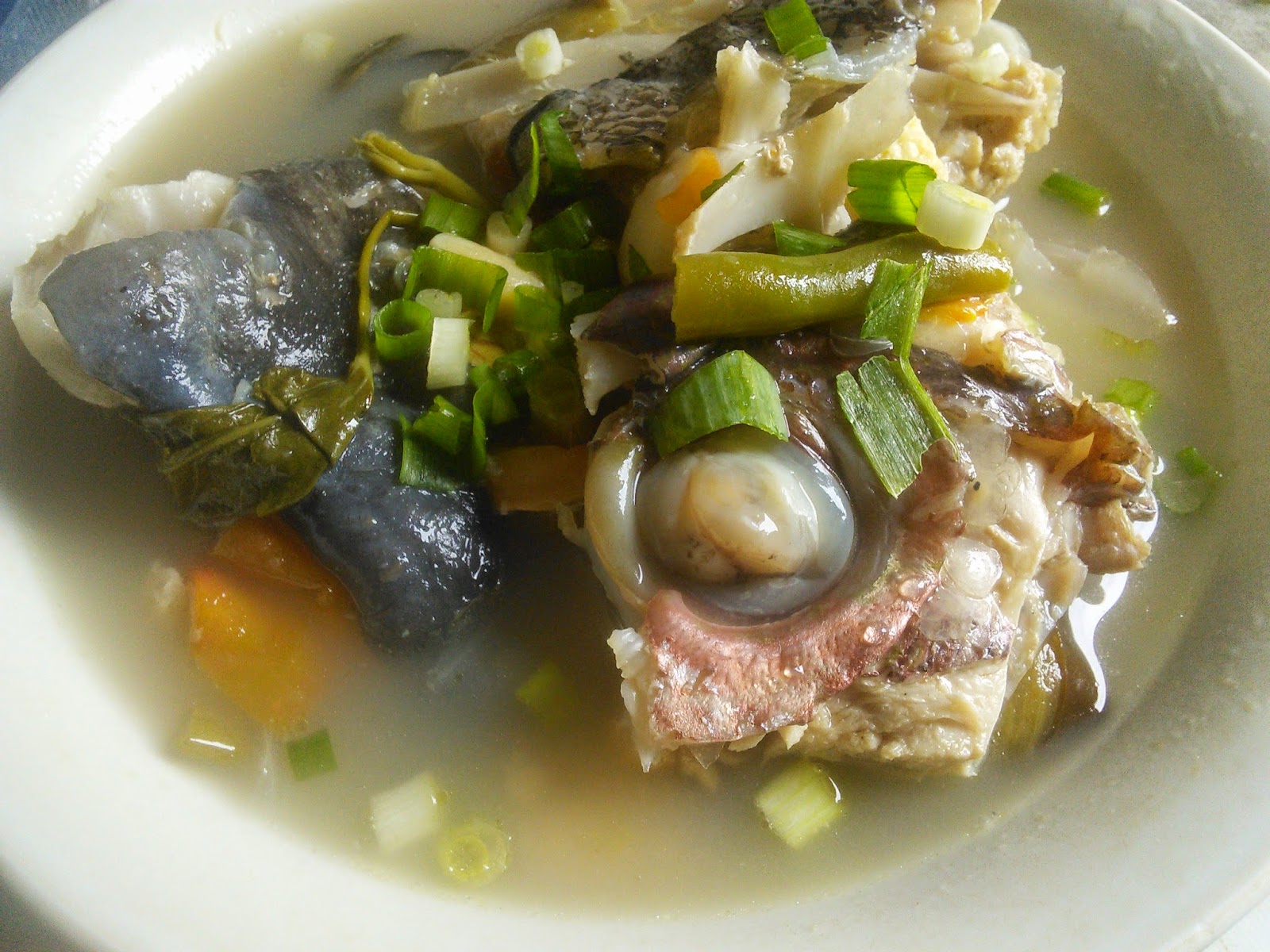 |
| Copyright 2015 LtDan'sKitchen blogs |
 |
| Copyright 2015 LtDan'sKitchen blogs |
Penelope Casas' Callos
6-8 lbs beef tripe
4 lbs pork legs, sliced into 1-inch medallions
6-8 bay leaves
6 large Spanish onions, diced
1 bulb garlic, crushed and diced
2 tsp dried oregano
14-oz canned diced tomatoes
1 tbsp peppercorns, freshly ground
1/4 tsp ground nutmeg
1 tsp thyme
2 cups white wine
12 cups beef broth
1 lb Spanish sausages (Chorizo)
1/2 lb cured ham, diced
6 tbsp Spanish paprika
6 tbsp flour
1 tsp red chili flakes
6 tbsp olive oil
salt, to taste
1. In a large pot, fill with enough cold water to cover the tripe and the pig's
feet. Bring to a boil and immediately drain the liquid.
2. Rinse the tripe with cold water and slice into 2-inch squares. Clean the
pig's feet of any debris and set aside with the tripe.
3. In the same large pot, add the tripe and pigs feet with half the onions,
garlic, bay leaves, oregano, diced tomatoes, white wine, beef broth,
nutmeg, thyme, ground peppercorns and season with a bit of salt. Bring
to a boil and simmer covered for 3 hours over low heat. Check
occasionally and add more water if needed. Stir to prevent the meat
from sticking to the pan.
4. In a large skillet, heat the oil over medium high heat and saute the
remaining onions until softened. Season with salt. Add the chorizo and
cook until heated through. You may add the lard from the can if desired.
Stir in the flour and paprika and cook for a minute. Loosen with about
2 cups of water and add to the large pot. Stir well to prevent any lumps.
5. Add the red chili flakes and continue to simmer for another 1-2 hours or
until the tripe is very tender. Stir occasionally to prevent the meat from
sticking to the bottom of the pan. When ready to serve, fish out the pork
pieces and remove the bones. Slice the pork skin and meat into smaller
pieces and return to the pot. Check for flavor and adjust accordingly
with salt.
*The New York Times: Cooking section






